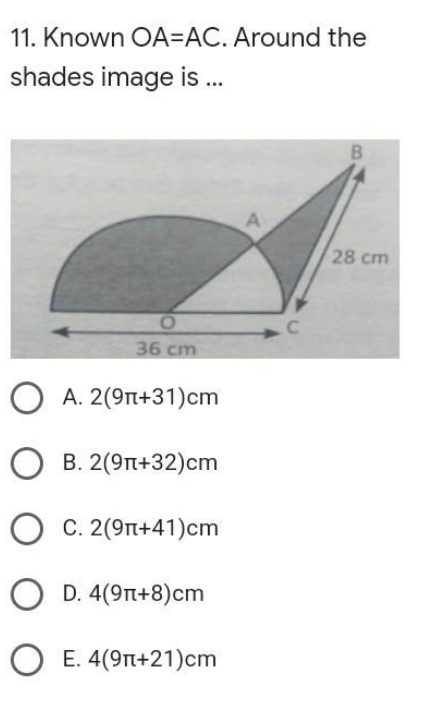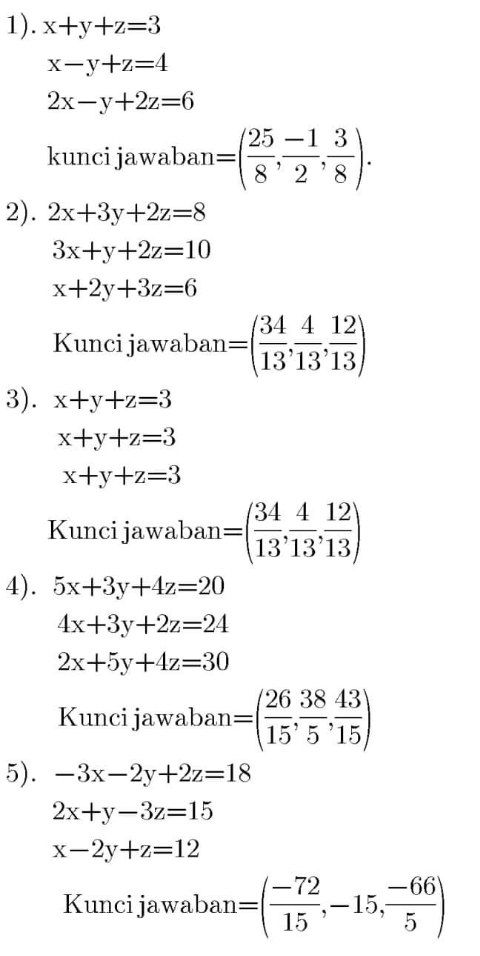
AllQuestion and Answers: Page 1180
Question Number 98638 Answers: 0 Comments: 2
Question Number 98623 Answers: 3 Comments: 0
Question Number 98621 Answers: 2 Comments: 1

Question Number 98620 Answers: 1 Comments: 0
Question Number 98618 Answers: 2 Comments: 0

Question Number 98616 Answers: 2 Comments: 0

Question Number 98607 Answers: 1 Comments: 0

Question Number 98602 Answers: 2 Comments: 6
Question Number 98598 Answers: 0 Comments: 2
Question Number 98596 Answers: 1 Comments: 2

Question Number 98594 Answers: 1 Comments: 0

Question Number 98589 Answers: 1 Comments: 0
Question Number 98588 Answers: 0 Comments: 0
Question Number 98587 Answers: 1 Comments: 0
Question Number 98575 Answers: 0 Comments: 6
Question Number 98570 Answers: 1 Comments: 1
Question Number 98568 Answers: 1 Comments: 1

Question Number 98560 Answers: 2 Comments: 1

Question Number 98557 Answers: 0 Comments: 0
Question Number 98544 Answers: 1 Comments: 1

Question Number 98539 Answers: 2 Comments: 0
Question Number 98537 Answers: 1 Comments: 1

Question Number 98535 Answers: 0 Comments: 0
Question Number 98531 Answers: 0 Comments: 0

Question Number 98528 Answers: 0 Comments: 2

Question Number 98521 Answers: 1 Comments: 0

Pg 1175 Pg 1176 Pg 1177 Pg 1178 Pg 1179 Pg 1180 Pg 1181 Pg 1182 Pg 1183 Pg 1184
